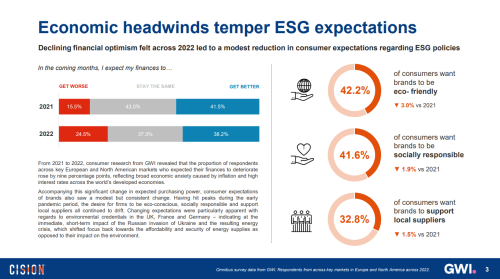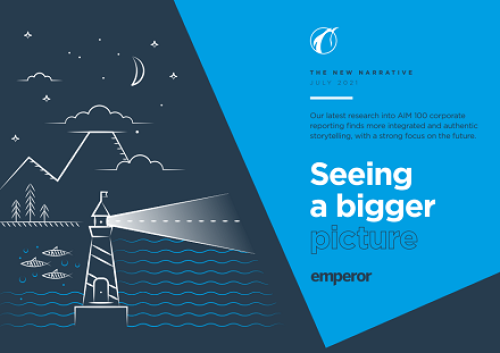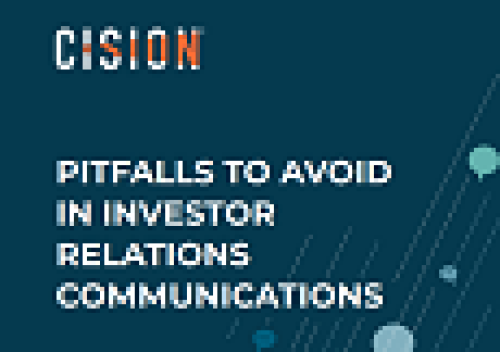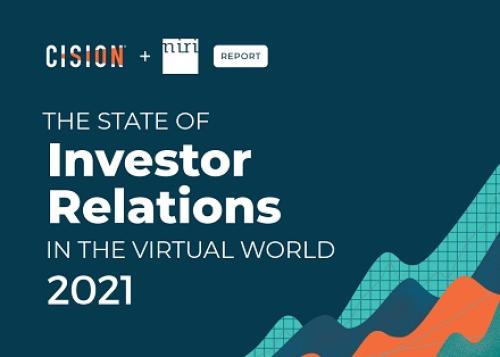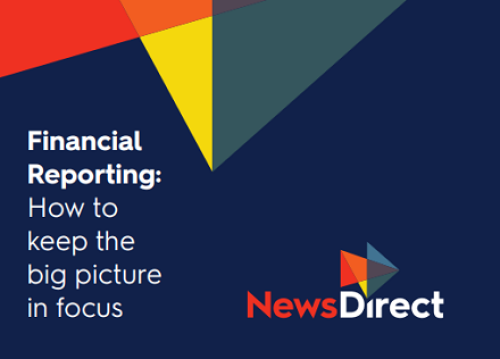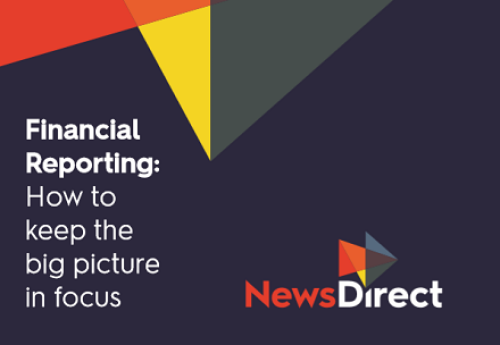The investor relations function is becoming increasingly global
You're on a rocket and its name is IR. Fasten your seat belt and brace for the ride of your life. Don't pause in the troposphere at 40,000 feet. Don't even look down until you have the paradigm-shattering world view of the first Sputnik to puncture the stratosphere. Now what do you see?
As IROs across the globe were gearing up for the International Investor Relations Federation conference in Toronto this month, Investor Relations magazine was busy collating the first snapshot of worldwide
You need to register to access 3 free deep dive articles per month. To continue reading please register or login below..
- Unlimited deep dives
- Data-driven research around key topics
- Buy-side insights
- Benchmarking reports
From
$1495

